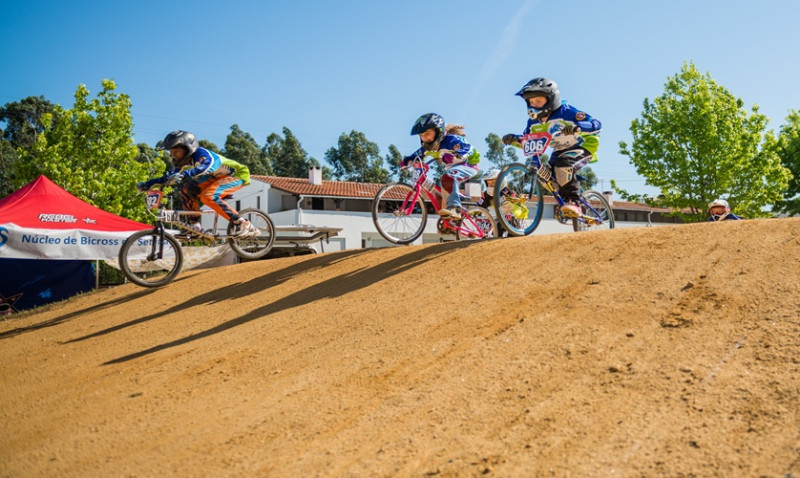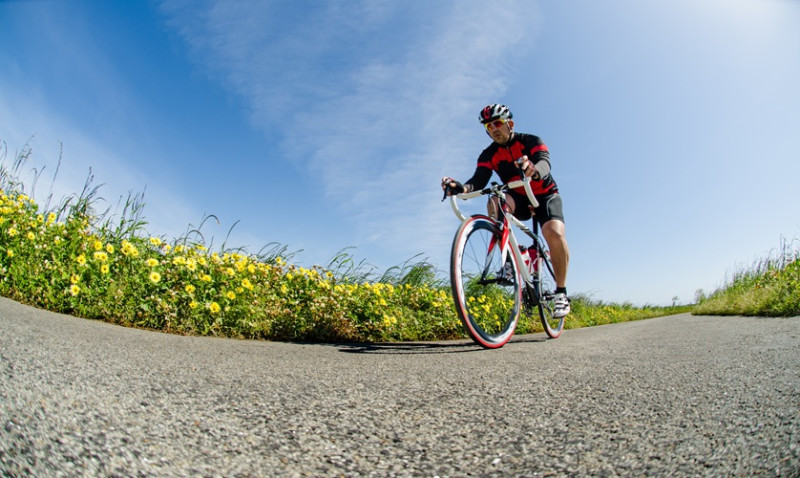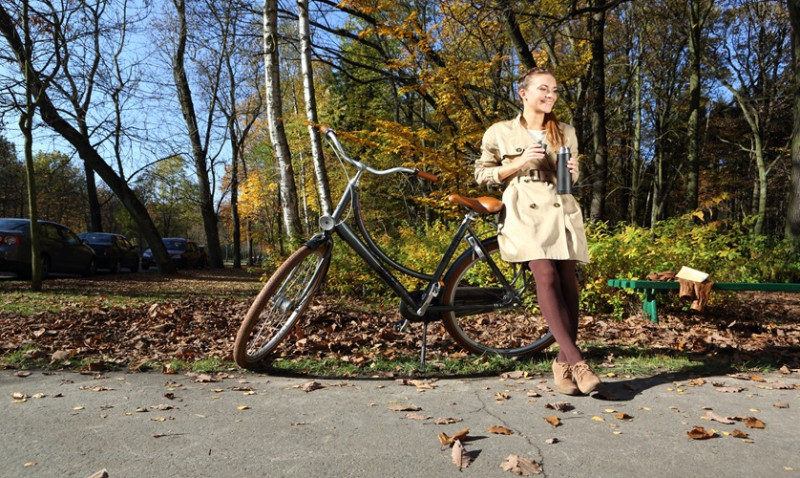
Bike racing is one of the most exciting and strategic sports to watch once you know what to look for. Whether you're a casual spectator or working in the creative and construction industries—such as DIY specialists, young designers, architects, or tradespeople—understanding the fundamentals of professional cycling can inspire everything from your daily commute to your design aesthetics. Thanks to Global Cycling Network's (GCN) approach, we’ve broken down high-speed pelotons and dramatic breakaways into 10 easy steps that anyone can follow.
This guide was built specifically for an audience in the UK who value smart design, clever engineering, and human performance. Let’s dive in.
1. Get to Know the Types of Bike Races
Not all bike races follow the same rules or take place in the same environments. Road cycling is the most recognised format, but it includes race types such as one-day races, stage races, criteriums, and time trials. Each type offers a different spectator experience.
Stage races, like the Tour de France, span multiple days and terrains, making strategy and endurance crucial. Criteriums are shorter, circuit-style races often held in town centres, ideal for fast-paced, accessible watching. Time trials pit each rider against the clock and are often used to shake up race standings.
For architects or designers, the terrains and race setups can be visually dynamic, often weaving through beautiful cities or countryside landscapes—providing real-world examples of how infrastructure complements sport.
2. Understand the Role of the Peloton
The "peloton" is the main group of cyclists riding together. It isn’t just a cluster of riders—it’s a critical, strategic element of a race. Riding in the peloton helps conserve energy thanks to drafting, where riders benefit from reduced wind resistance.
Watching the peloton move is like observing a living organism: it reacts, adapts, and splits depending on course conditions. For professionals working in teams—whether designers or builders—this collective effort shows the value of collaboration and timing.
3. Learn How Teams Work
Professional cycling is a team sport at its core, although only one rider can win a race. Each team consists of domestiques (support riders), lead-out riders, climbers, sprinters, and a leader or General Classification (GC) contender.
Support riders sacrifice their chances to shield their team leaders from the wind, chase breakaways, or offer mechanical support. It’s a beautifully choreographed performance rooted in teamwork and discipline—a principle many trades and creative industries live by on construction sites or during client presentations.
4. Identify the Different Jerseys
In multi-day races, riders wear special jerseys that denote their status. The most famous is the yellow jersey, worn by the overall time leader. Others include the green jersey for points classification (sprinters), polka-dot for king of the mountains (climbers), and white for the best young rider.
These visual cues make it easier for fans to follow who’s leading in specific areas. If your work revolves around clear communication—say, architectural diagrams or building signage—bike racing jerseys demonstrate effective visual storytelling.
5. What’s a Breakaway?
Breakaways are solo riders or small groups that attempt to escape the peloton early in a race. While they don’t always succeed, breakaways are thrilling to watch and often lead to surprise victories, especially in one-day races.
In design or construction, the breakaway can symbolise those moments of innovation where someone tries something bold and original, risking failure for glory. It’s a high-stakes strategy that resonates with anyone who dares to lead a project or challenge standard formats.
6. The Sprint Finish
The final moments of a flat race typically lead to a sprint finish—a battle of raw power and precise timing. Teams create sprint trains to deliver their fastest rider into the best position metres before the finish line.
Watching a sprint finish is exhilarating and nail-biting. It’s also a masterclass in pacing and strategy—lessons that tradespeople and designers can relate to during tendering or competitions where delivering at the right moment is everything.
7. Climbing and Mountain Stages
Mountain stages are where races are won or lost. Riders face extreme gradients and thin air, separating all-rounders from pure climbers. Timing, pacing, and physical conditioning play central roles here, more than any flashy sprint could accomplish.
These stages offer dramatic scenery and complex tactics. For architecture and design professionals, they echo form and function—highlighting how terrain design impacts performance outcomes. Builders and engineers can identify with the endurance involved here, just like tackling a longer, more arduous job site.
8. Time Trials – The Race of Truth
Time trials isolate each rider against the clock, effectively removing team dynamics. It’s pure performance, where aerodynamics, pacing, and equipment gain prominence. Spectators get to see how marginal gains and efficiency impact time.
Akin to presenting a solo pitch or individual craftsmanship, time trials celebrate personal excellence. Many UK professionals who work independently or freelance can relate closely to this structure: self-reliance, precision, and performance under pressure.
9. The Strategy Behind the Scenes
What you see on screen is just the surface. Behind every bike race is an army of directors, performance coaches, data analysts, and mechanics. Teams use radios, data trackers, and pre-race planning tools to guide strategy.
It’s a synergy of design and data, echoing the smart planning stages of a renovation project or architectural build. Tradespeople can relate to how important coordination and resource allocation is, while creatives will appreciate the psychological warfare and chess-like mental aspects of racing.
10. How to Watch and What to Look For
With platforms like GCN and Eurosport offering wider viewing access across the UK, watching a race is easier than ever. Look at how teams react to terrain, who pushes out on climbs or breakaways, and notice how domestiques control pace for their leaders.
Unlike football or rugby, cycling doesn’t always reward the person in front. It’s about cumulative results and small decisions. For design specialists, watching race developments unfold can be as satisfying as seeing a CAD layout move from concept to build.
Bonus Tip: Attend a Local Race
Britain hosts numerous competitive and amateur races across the calendar, from the Tour of Britain to local criteriums. Attending one introduces you to the community and gives first-hand access to the action and sound of whirring wheels.
It’s an inspiring way to engage with the sport—perfect for those looking for visual inspiration, project ideas involving mobility, or even wellbeing features that incorporate cycling into design briefs.
Final Thoughts
Bicycle racing is a deep and layered sport made accessible and thrilling through structure, strategy, and craft. From collaborative team efforts to individual brilliance, it mirrors many of the challenges and joys found in creative and construction industries.
Armed with this 10-step GCN-inspired breakdown, you’re now in a strong position to enjoy every turn, climb, and sprint. Whether you're watching for leisure or taking notes for your next project, cycling has something for everyone.






